PLANTING SPRING-BLOOMING PERENNIAL BULBS IN FALL
Posted by Native Wildflowers Nursery on Aug 11, 2020
PLANTING SPRING-BLOOMING PERENNIAL BULBS IN FALL
During the Fall season, it is the right time to consider planting spring-flowering bulbs. The most appropriate time to plant is as of October. The bulbs thrive well in soil that is well prepared with manure. The soil should be well-drained for the bulbs to thrive well.
The following are some of the steps to include while planting bulbs in fall;
i. Choose an area with good drainage.
ii. Make the soil around the area loose with a garden tiller and do away with rocks and sticks.
iii. You should add soil amendments to the plating area. Earthworm castings are good or your soil as they contain nutrients that foster healthy growth.
iv. Planting depth varies significantly based on the variety. It is advisable to ask for guidelines as you purchase the bulbs.
v. Put the bulb in the planting hole with the pointy side facing upwards.
vi. Cover the planting holes and provide water to the planting holes.
vii. Add light mulch to around the planted area to help maintain the moisture around the buds planted and regulate the temperature.

Plant Spring bulbs in the Fall for best results.
It is essential to fertilize your bulbs; organic fertilizer is suitable for your bulbs. Also, fertilizing brings about colorful flowers and vigorous root growth. Phosphorous is a good alternative as it helps in the advancement of root growth.
Rodents such as moles and squirrels are sometimes a nuisance and may destroy bulbs you plant in your flowerbed. To repel these, you may use legal pesticides to keep these rodents away from your garden.
Once the perennial bulbs have finished blooming, cut the flower head off but leave the foliage. Please do not cut it. It is beneficial to leave the foliage untouched as it allows the plant to draw nutrients from the sun so s to keep in store for later use. Tuck leaves behind the taller plants to hide the unattractive foliage.
Bulbs multiply underground, and this can make the garden crowded, making the flowers not blossom as well. It is advisable to plant in clusters on a excellent color strip, and it gives a better and desirable look for your garden. The best thing about planting the perennial bulbs is that they grow year after year without much-needed attendance. Good soil and weather conditions are not much of a bother to the bulbs as most of them survive and produce decorative vegetation with low maintenance. Some of the most popular Spring-blooming perennials are: Virginia Bluebells, Yellow Wood Poppy, Indian Pink and the Trillium plants.
Planting Fall Bulbs Brings Spring Blossums
Bulbs are inexpensive, and you can do the planting yourself instead of hiring a gardener hence saving cost. You should try as best as possible to choose essential bulbs that are large and of high quality to ensure blooming colorful flowering plants. Therefore planting flowering bulbs is inexpensive and, at the same time, adds beautiful color to your green garden. Fern plants can also be transplanted safely in Fall.

In the fall, the soil is warmer than in the spring. The roots can get a firm grip and acquire the nutrients they need. Fall planting gives the roots ample time to develop the root system. As the plant production slows down in fall, the roots get the utmost priority and get a head start in growing to enough depth for firm grip and nutrient absorption.
Fall planting of bulbs is advantageous as the plant gets watered—courtesy of the cool and rainy days of fall. There is less competition between the buds and the weeds during fall, as most weeds sprout in warm seasons. This means that you will have less weeding to do, and the buds will grow without any competition.
Another advantage of the fall season is that plants and supplies should be on sale because garden centers are trying to get rid of their inventory before winter kicks in. Plant nursery prices get lower.

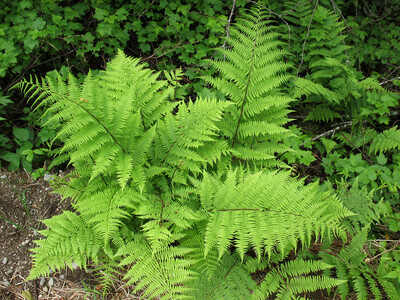 Native Ferns
Native Ferns
 Native Mosses
Native Mosses
 Native Perennials
Native Perennials
 Native Ground Covers
Native Ground Covers
 Native Trees
Native Trees
 Pollinators
Pollinators
 Shop Bloom Color
Shop Bloom Color
 Perennials By Zone
Perennials By Zone
 Medicinal Herb Plants
Medicinal Herb Plants
 Spring Bulbs
Spring Bulbs
 Trillium
Trillium
 Shop By Zone
Shop By Zone
 Flowering Groundcovers
Flowering Groundcovers
 Evergreen Groundcovers
Evergreen Groundcovers
 Ferns for Zone 3
Ferns for Zone 3
 Ferns for Zone 4
Ferns for Zone 4
 Ferns for Zone 5
Ferns for Zone 5
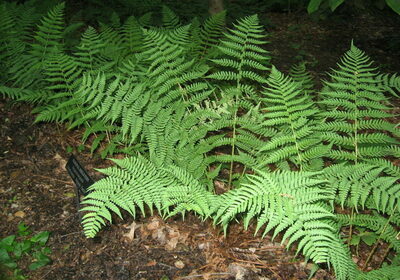 Ferns for Zone 6
Ferns for Zone 6
 Ferns for Zone 7
Ferns for Zone 7
 Ferns for Zone 8
Ferns for Zone 8
 Christmas bows
Christmas bows
 Fresh Wreaths
Fresh Wreaths
 Garlands
Garlands
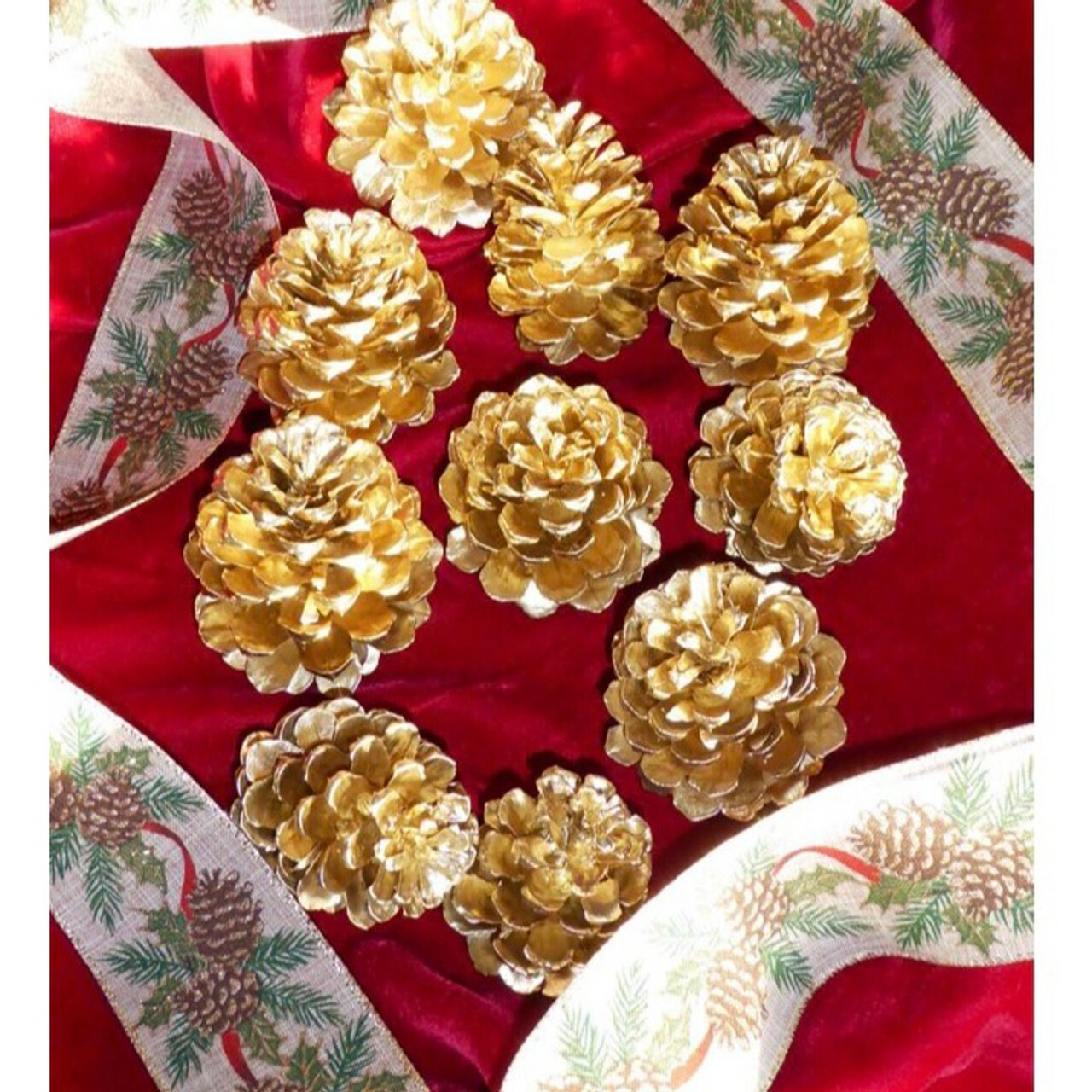 Large Pine Cones
Large Pine Cones
 Live Mistletoe
Live Mistletoe
 Moss
Moss
 Shop Trees By Zone
Shop Trees By Zone
 Tree Seedlings
Tree Seedlings
 Fast Growing Trees
Fast Growing Trees
 Pine Trees
Pine Trees
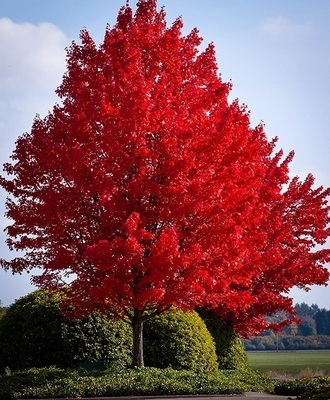 Live Stakes
Live Stakes
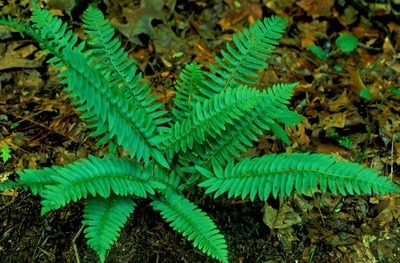 Evergreens
Evergreens
 Cactus
Cactus
 Combos
Combos
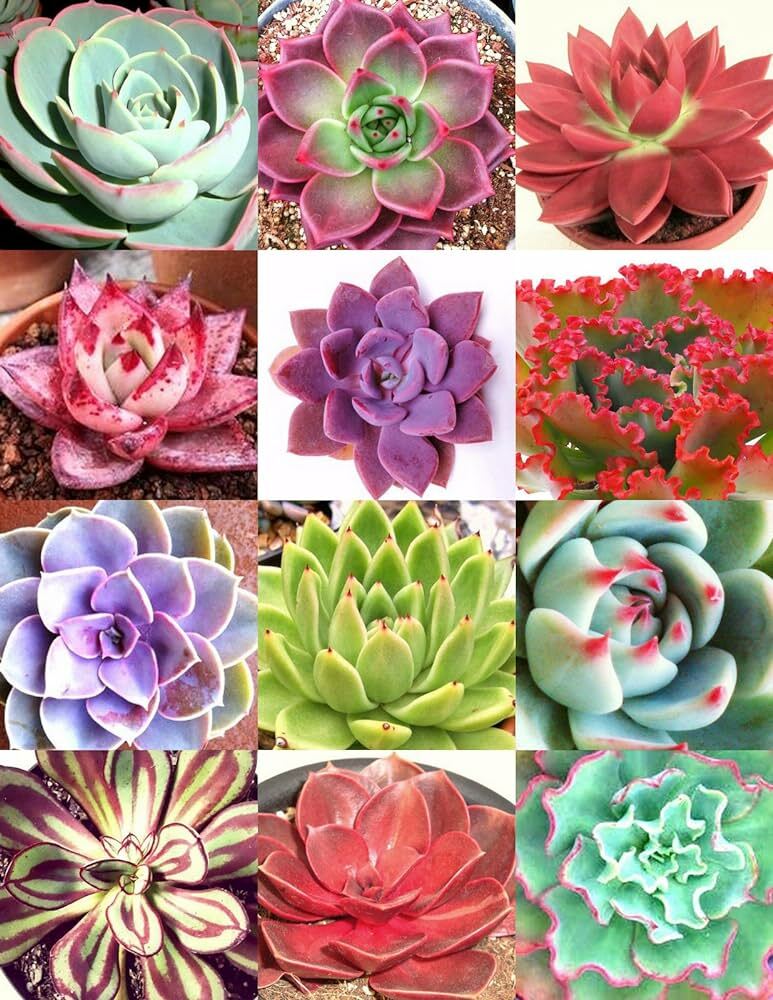 Echeveria
Echeveria
 Haworthia
Haworthia
 Sedum - Stonecrop
Sedum - Stonecrop
